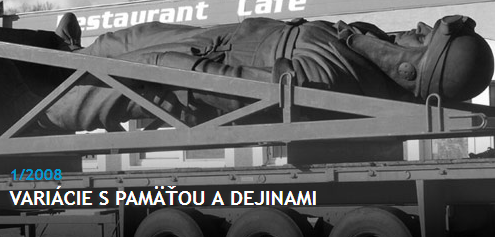
Logika dejín (1968)
Daniel Rapant : Logika dejín (1968). In Forum Historiae, 2008, roč. 2, č. 1. ISSN 1337-6861.
More...We kindly inform you that, as long as the subject affiliation of our 300.000+ articles is in progress, you might get unsufficient or no results on your third level or second level search. In this case, please broaden your search criteria.

Daniel Rapant : Logika dejín (1968). In Forum Historiae, 2008, roč. 2, č. 1. ISSN 1337-6861.
More...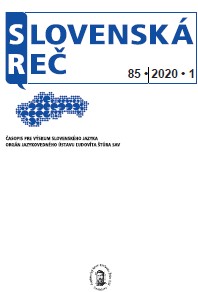
This paper presents a diachronic study of authorial self-mention first person singular in linguistic journal articles from 1966 to 2015. The overall frequency of the first person singular in the corpus is influenced by the total number of texts in which the first person singular is used, as well as by the overall frequency of the first person singular in individual texts, which is high especially in subjective narrative texts. The results show that there is no statistically significant increase in the use of the first person singular. Formally, the most frequent means of the first person singular is the verb. Pragmatically, the most frequent rhetorical functions of the first person singular are textual signposting and expression of author’s viewpoint and argumentation.
More...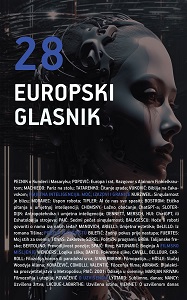
Po svojoj jezičnoj ljepoti i književnoj veličanstvenosti, po vlastitoj estetskoj snazi i kulturološkoj važnosti koja prekriva ama svaki kvadratni centimetar kopna i svaku kapljicu mora i oceana, za Bibliju se neporecivo može ustanoviti kako je ona – libreto za povijestî umjetnostî. Podjednako i starozavjetni mitovi i novozavjetni motivi, redovito su se zaticali pod kistovima slikara ili dlijetima kipara. Sjetimo se samo Michelangela Buonarrotija i Leonarda da Vincija, Tintoretta i Rafaella, Rodena i Giacomettija ili naših Ivana Meštrovića i Kuzme Kovačića, Ive Dulčića i Đure Sedera, Dimitrija Popovića i Matka Trebotića, Joze Vrdoljaka i Josipa Botterija Dinija... Književnici također nisu ostajali nijemi na biblijske podražaje: čitali smo Dantea Alighierija i Torquata Tassa, F. M. Dostojevskog i L. N. Tolstoja, Mihaila Bulgakova i Ivu Andrića, odnosno u nas Marka Marulića i Ivana Gundulića, koji su s vremenom dobili dostojne nastavljače što su ekstenzije svetopisamskih prizora, u literaturi, poput barjaka rastegnuli do naših dana. Toj vrsti baštinstva vlastitim su se djelima hotimično htjeli pridružiti važni danas za nas eksponenti i deputati te vrste napisane prakse: Vladimir Nazor i Miroslav Krleža, Rajmund Kupareo i Ivan Golub, Dražen Katunarić i Miro Gavran...
More...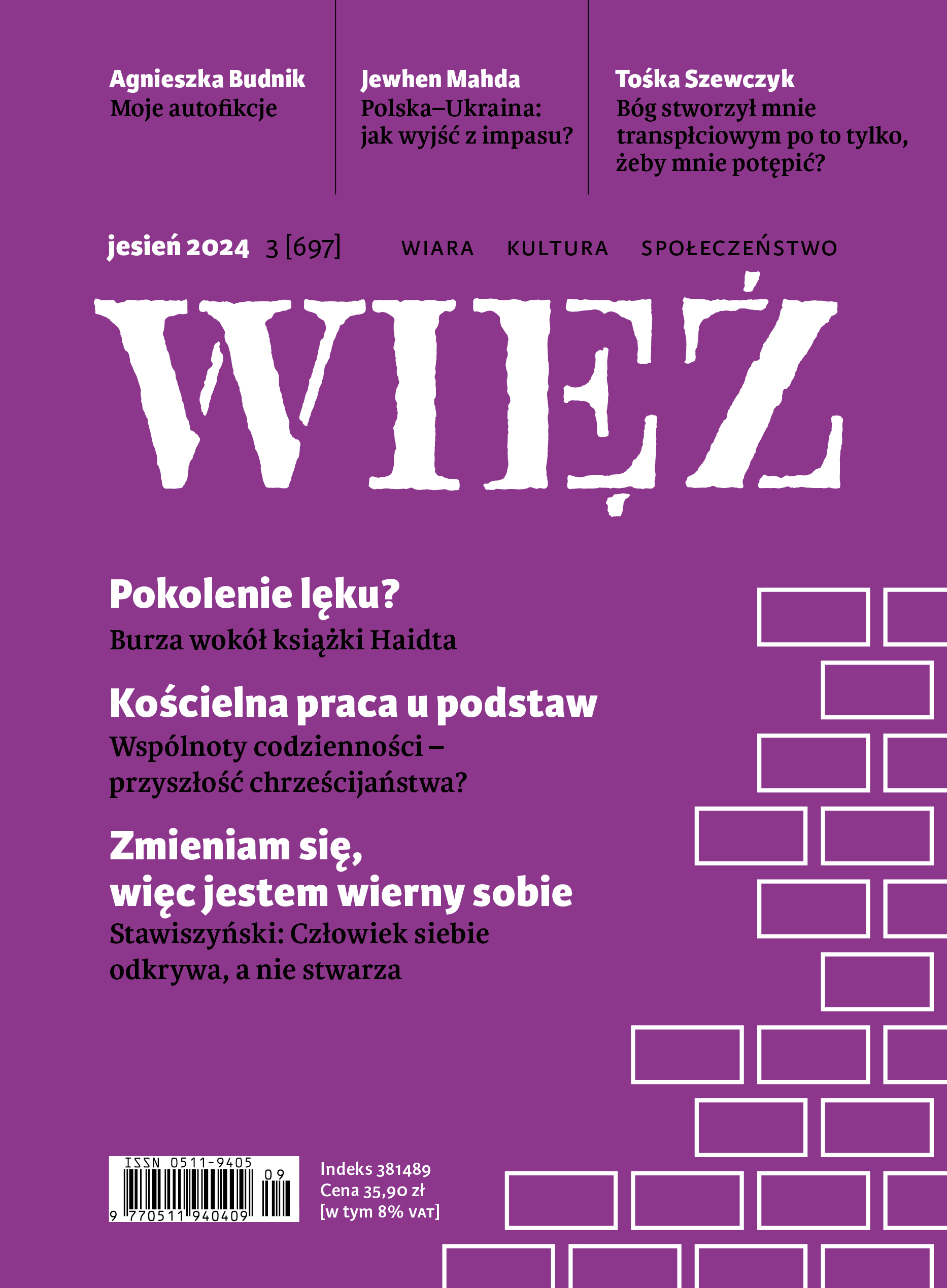
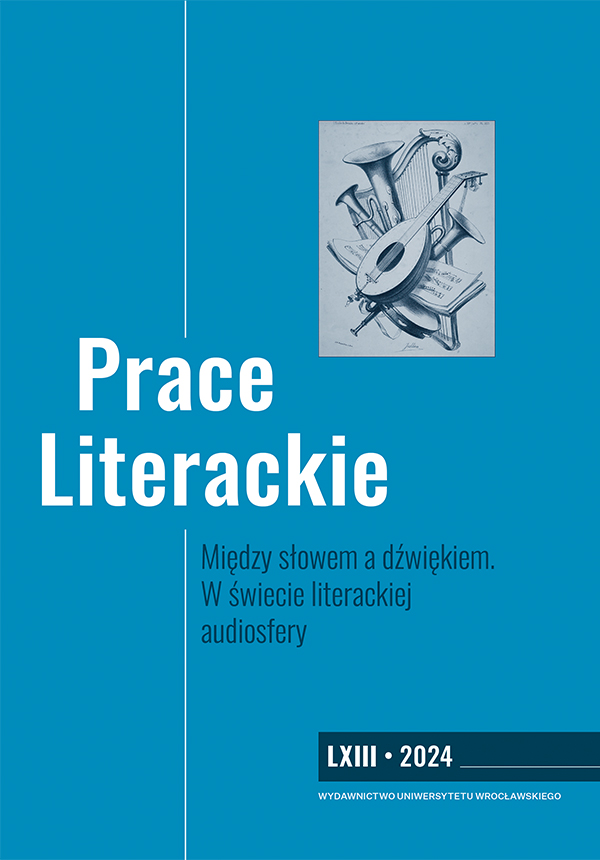
This paper offers a presentation of three hitherto unknown letters, written in the 1844–1845 period by Jan Czeczot (1796–1847): Philomath, poet, researcher of folklore and former exile, addressed to his distant relative Adolf Kobyliński (1816–1894): patriotic landowner and collector of historical souvenirs living in Cieszewla (Nowogród county, Minsk province).The shortage of epistolographic sources and comprehensive research on this particular episode of Czeczot’s biography necessitated this edition of the let-ters to be preceded by two sizable introductory chapters. Part one, published in the previous volume of Prace Literackie, establishes the rules and scope of a future archive research that would supplement the collection of Czeczot’s letters written after his return from exile to his native Nowogród region, which is currently scarce. Part two collects and summarizes data about Czeczot’s correspondents from his home province that were published in print at an earlier date.Taking into account the shortage of printed sources and existing literary-historical research, this part of the article can be used for contextual reference for future considerations on the figures discussed within and the literary, historical and cultural geography of the period. At a time when the epistolographic base will be sufficiently broadened, the presented article could be of some use for further research on Jan Czeczot’s life and literary work and help shed light on the regrettably obscure world of the Nowogród noble circle and the prominent figures that populated it.
More...
A brief biography of Bora Naumović, a librarian and poet, is presented.
More...
Review of: ORPUS OF ANSWERS TO THE ION MUȘLEA QUESTIONNAIRES, vol. V, QUESTIONNAIRE XII. LEGAL CUSTOMS, critical edition of unpublished ethnological documents, preface, notes, indices and glossary by Anamaria LISOVSCHI, Mega Publishing House, Cluj-Napoca, 2020
More...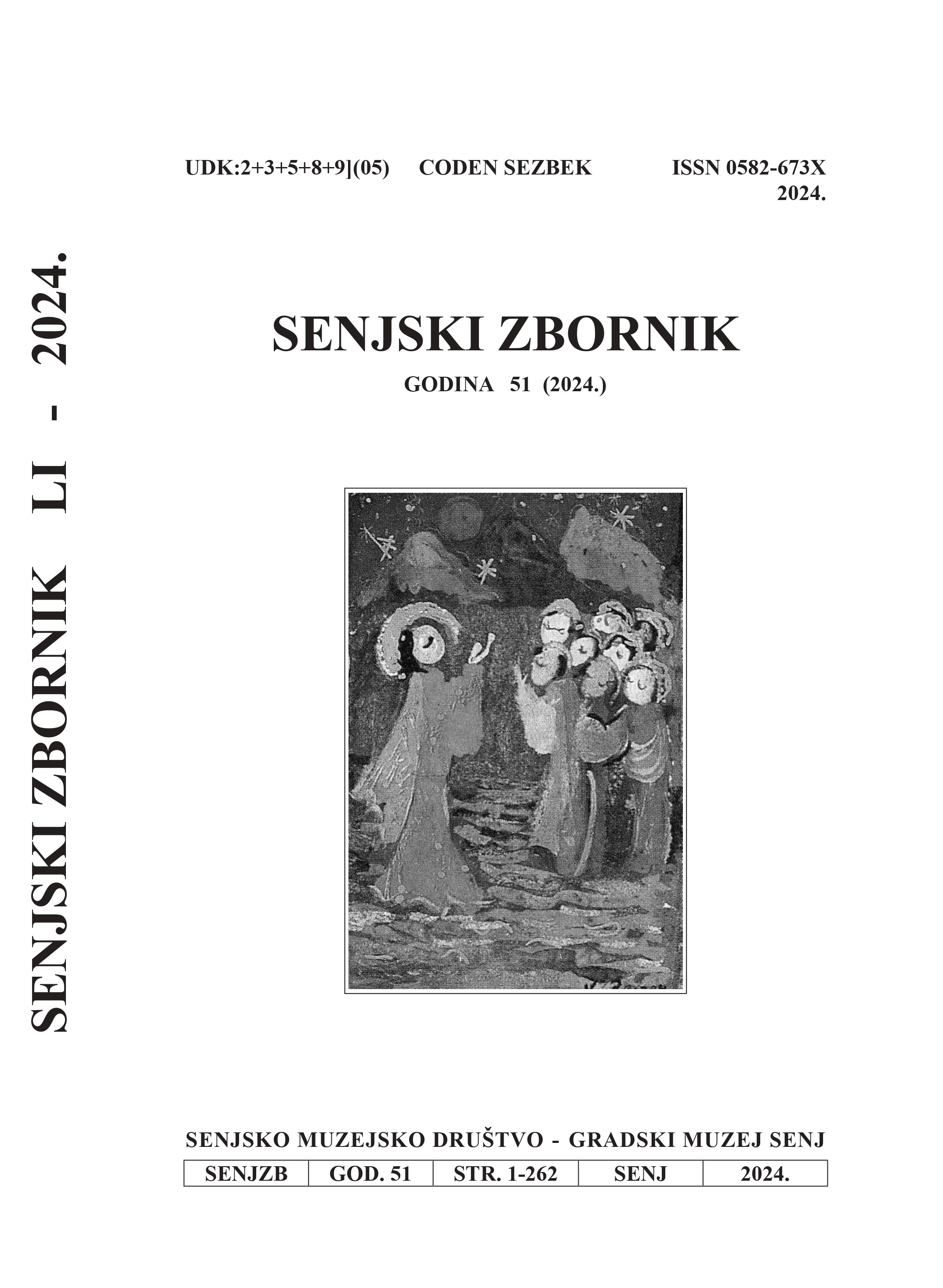
This paper analyses the socio-political position and conditions in Rijeka through the writings of the newspaper Naša sloga from 1870 to 1915. The author focuses on the key aspects of the disintegration policies of that time, which were also reflected in the pages of this Istrian revival paper. On the other hand, it also investigates the role of Naša sloga in integration processes, especially in the context of strengthening the Croatian national identity in the city. The work also opens up the possibility of new interpretations of the socio-political issues of Rijeka and provides a basis for a critical analysis of the city’s position in a wider historical and political context.
More...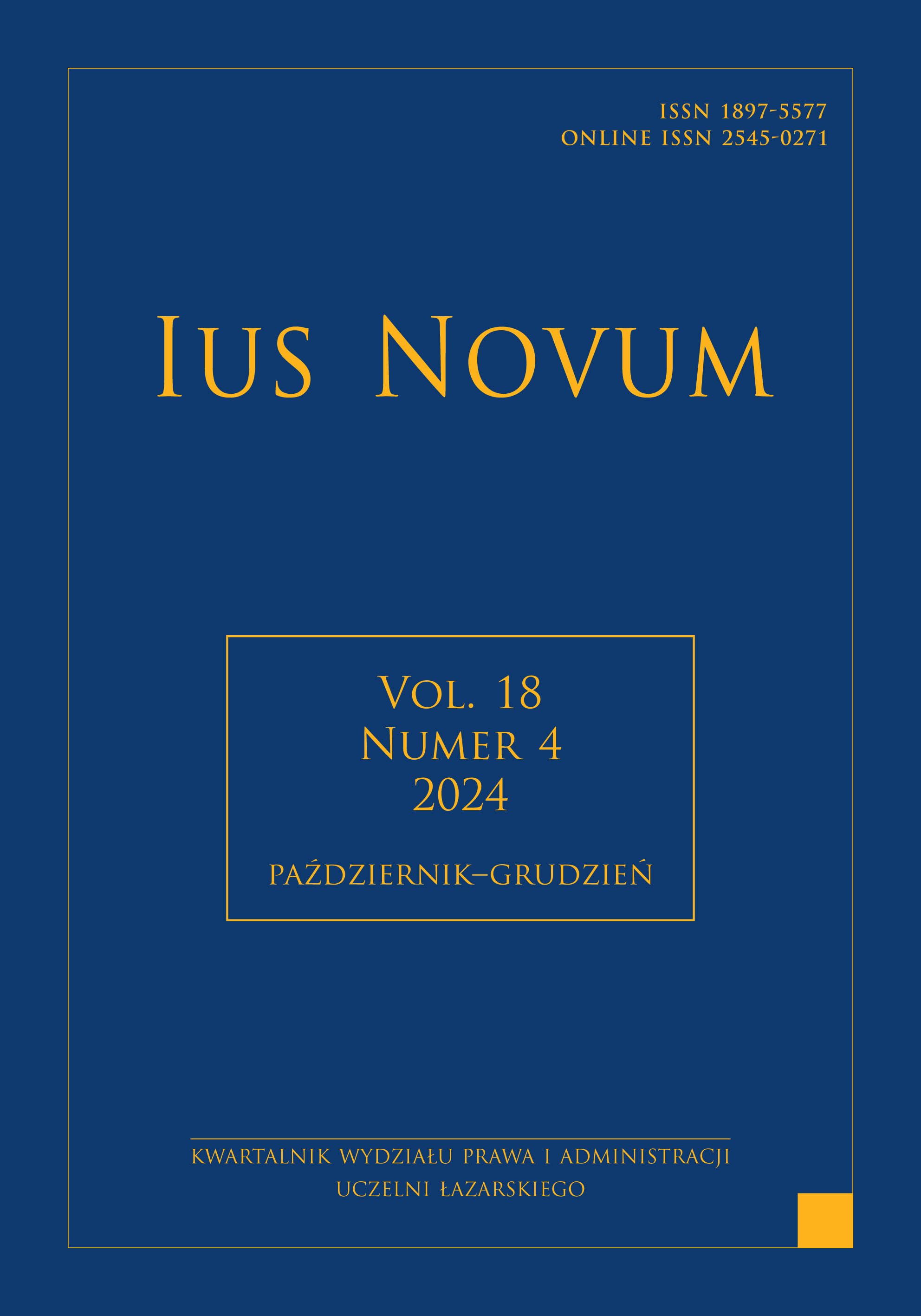
This study focuses on the issue of evidentiary proceedings before the appellate court inthe Polish criminal procedure. As a result of the considerations carried out, the author expressesapproval of the position of the Supreme Court, in the light of which the appellate court, in the event of finding specific content deficiencies in part of personal and non-personal evidence,is not only authorized, but also obliged to conduct evidentiary proceedings autonomously.The provision of Article 452 of the Code of Criminal Procedure is the fundamental criterionfor assessing the validity of the view expressed in this way. The application of the historicalmethod in the process of its interpretation means that the circumstance of repealing thefirst editorial unit of Article 452 of the Code of Criminal Procedure, in the light of which“the appellate court may not conduct evidentiary proceedings as to the substance of the case”,influenced the establishment of the principle of conducting evidence as to the substance of thecase by the appellate court in this way. The argumentation in this respect is enriched by thejoint interpretation of Article 427 § 3 of the Code of Criminal Procedure in connection withArticle 452 § 2 and 3 of the Code of Criminal Procedure.
More...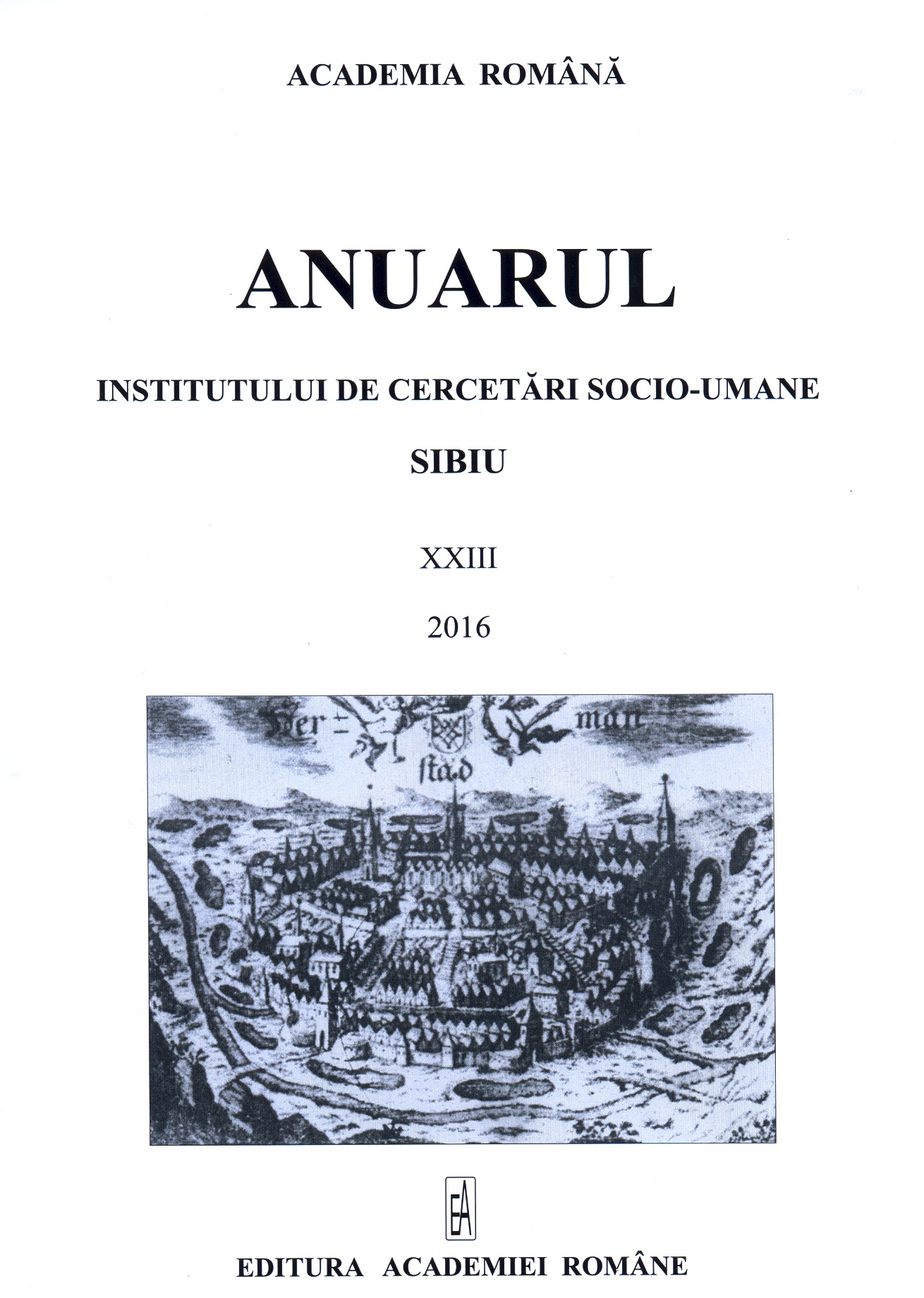
Towards the end of the nineteenth century, the rural press became increasingly well-represented in Transylvania. Even though some newspapers published for peasants managed to appear for an extended period, such as Cărțile Săteanului Român [The Books of the Romanian Peasant] (1876–1886) or Șezătoarea [The Social Soirée] (1875–1882), others were published for short periods. In our study, we have focused on a publication in the latter category, trying to present the themes through which it tried to attract rural readers. A research desideratum was related to the intention to follow to what extent the themes of interest to the rural environment were not reached and whether, despite the short period in which it was published, it succeeded in achieving this desideratum. The study is segmented into two parts. The first part deals with the technical-administrative issues of the publication, while the second part deals with the topics in the published articles.
More...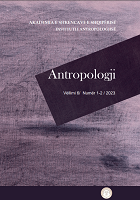
Portofolio me fotografi: Përgatitur nga Olsi Lelaj dhe Mikaela Minga
More...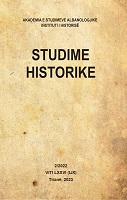
Dokumentet e mëposhtme që po japim të përkthyera janë të lidhura me marrëdhëniet që kishin raguzanët me Matrangajt, e me Karl Topinë dhe me tregtinë që bënin ata në krahinat e lumenjve Shkumbin dhe Devoll, të cilat ishin territore të Matrangajve e të Topiajve. Disa dokumente flasin edhe për disa raste piraterie të shkaktuara ndaj raguzanëve nga njerëzit e Karl Topisë në ujërat e Durrësit. Dokumentet u përkthyen nga latinishtja dhe u përgatitën për botim nga Edmond Malaj
More...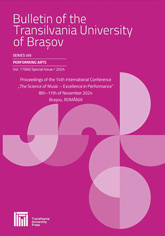
Singing being nothing more than words that communicate and sounds that move, singers are distinguished from instrumentalists by having to respond to a particular challenge, that of singing words, that is, vocals are given a specific pitch and sustained according to the rhythmic demands of the music. While vowels are the carriers of vocal tone, consonants suspend it, but word meaning, timing, and rhythm cannot be communicated and conveyed accurately if the consonants are not well articulated. Great pedagogues of the 19th century and especially of the last century, analyzed all aspects of articulation, its correct education and formulated solutions to possible questions or stages of vocal education.
More...
This paper proposes a contemporary approach to dynamic ways of sound generation and control through motion tracking or other visual methods. The possibilities of creative approaches in audio-visual works of the author's creation will be presented, describing the methods used, the construction of the devices and the algorithms conceived.
More...
Constantin Sandu is a Romanian-born piano teacher at the Escola Superior de Música e Artes do Espectáculo in Porto, Portugal. Having had the opportunity to follow his lessons for eight months as his assistant, I decided to write this article with two main objectives: to collect and give order to my experience as an apprentice and to try to briefly recount the human and professional story of a piano teacher, with the aim of describing and sharing, albeit briefly and in a non-exhaustive manner, his pedagogical method. A recount that can be a starting point for reflection on the role of a teacher and the importance it has for young people approaching the world of classical music.
More...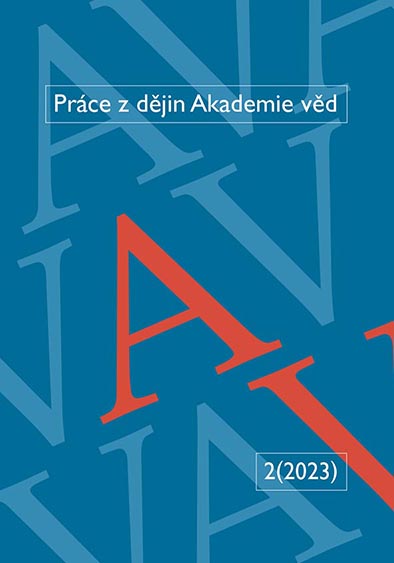
The archival materials of the MAGION project, housed at the Masaryk Institute and Archives of the Czech Academy of Sciences, document the development and deployment of five small satellites designed to study Earth's magnetic field, ionosphere, and plasma. Initiated by the ionospheric department of the Geophysical Institute of the Czechoslovak Academy of Sciences, the project saw the launch of MAGION 1, 2, and 3 between 1978 and 1991 as part of the Interkosmos program. MAGION 4 and 5 followed in 1995 and 1996 under the Interball project. The collection includes extensive documentation, photographs, and interviews with key figures like Jaroslav Vojta and František Hruška, providing insights into the project's history and technical aspects. The archival process, which began in October 2023, is expected to conclude in the second half of 2024.
More...
CJEU, Fifth Chamber, judgment of July 11, 2024, case C-409/22.
More...
CJEU, Tenth Chamber, judgment of October 24, 2024, case C-339/23.
More...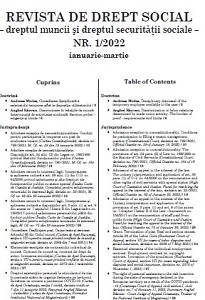
Înalta Curte de Casație și Justiție, Completul pentru dezlegarea unor chestiuni de drept, decizia nr. 69/2024, M. Of. nr. 1.269 din 17 decembrie 2024.
More...
În cauză, se reține că acțiunea a fost formulată de sindicat în numele membrilor săi și nu de către aceștia din urmă, întrucât cererea de chemare în judecată a fost semnată de președintele sindicatului, fiind anexate la dosar și împuternicirile acordate de angajați organizației sindicale. Totodată, în contextul celor statuate prin Decizia nr. 1 din 21 ianuarie 2013, pronunțată în soluționarea recursului în interesul legii, nu se poate reține că se instituie o competență teritorială exclusivă doar în favoarea instanței în a cărei rază teritorială se regăsește sediul organizației sindicale, partea având posibilitatea, în virtutea principiului disponibilității, să introducă cererea de chemare în judecată și la instanța în a cărui circumscripție își are domiciliul sau locul de muncă angajatul, potrivit art. 269 alin. (2) din Codul muncii.
More...